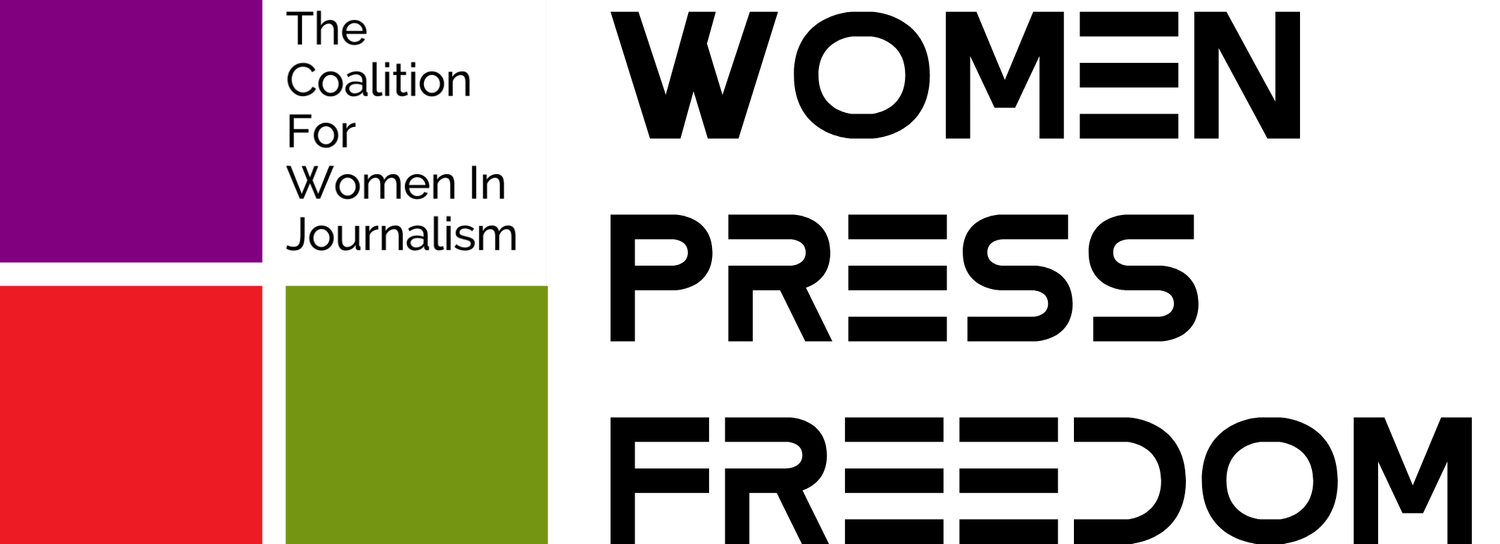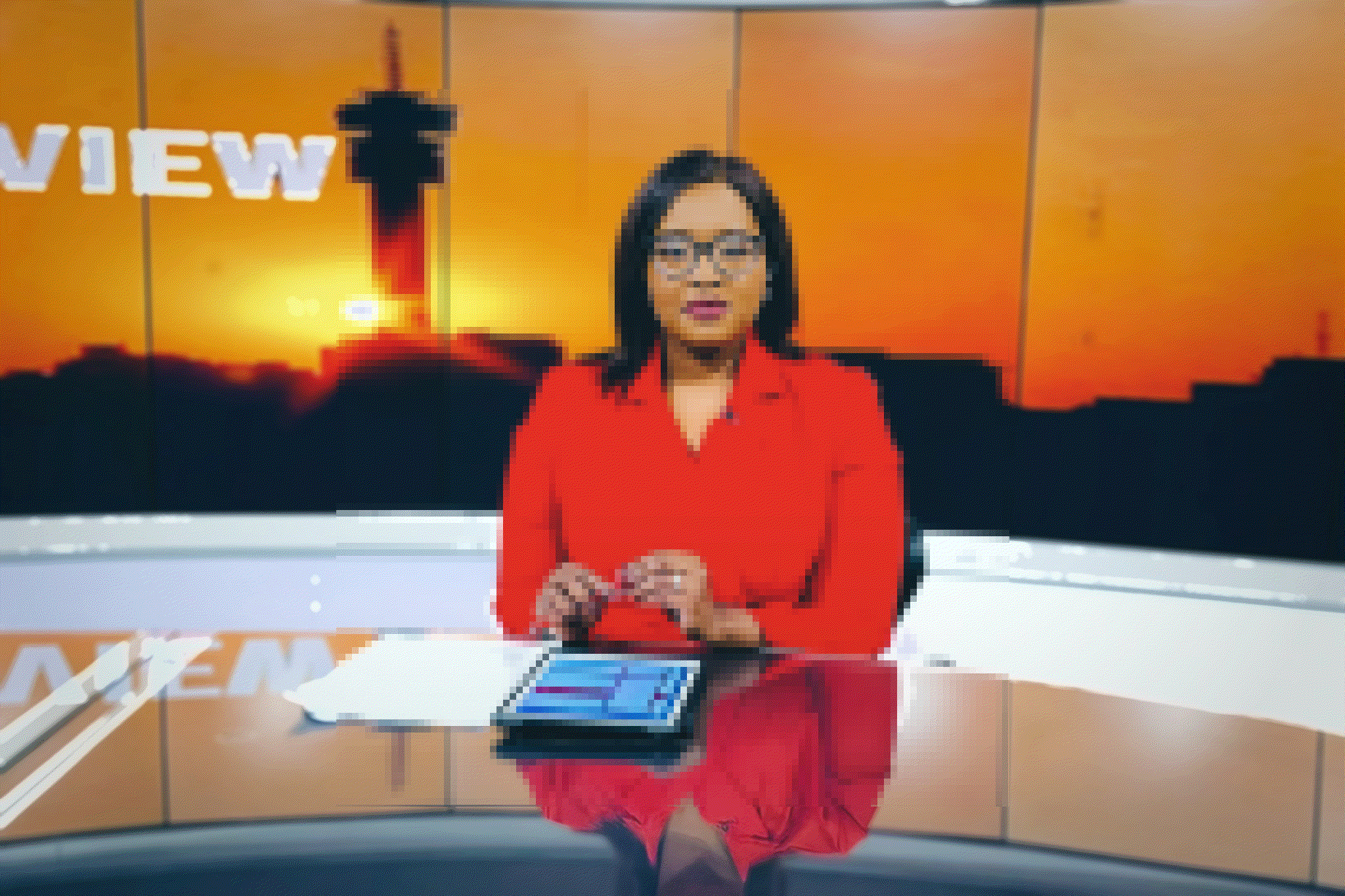Distorted Reality: The Alarmingly Growing Use of Deepfakes Against Women Journalists
The Coalition For Women In Journalism and Women Press Freedom is alarmed by the increasing threat of AI deepfakes targeting journalists
Date: December 8, 2023By: Máire Rowland, Research Coordinator, Women Press Freedom at CFWIJIn the era of digital journalism, the battle for press freedom has found a new battleground — one that exploits advanced artificial intelligence. Women journalists are increasingly becoming victims of orchestrated disinformation campaigns leveraging AI deepfake technology, a phenomenon that poses a grave threat to their credibility and their ability to report.
“Women journalists are increasingly becoming victims of orchestrated disinformation campaigns leveraging AI deepfake technology, a phenomenon that poses a grave threat to their credibility and their ability to report”
Traditionally, organized troll attacks on journalists occurred in the comments sections, DMs of social media platforms, or through ideologically aligned propaganda outlets. The emergence of AI has ushered in a new era of disinformation campaigns, with deepfake videos featuring manipulated audio and visuals of women journalists rapidly spreading online.
One worrying example is the case of Monika Todova, a journalist from Slovakia. A deepfake audio clip surfaced online, strategically timed shortly after a voting moratorium began. The calculated release, combined with the inability of news outlets to report on it due to the moratorium, allowed the disinformation to spread unchecked on platforms like Facebook, undermining Todova's reputation in the crucial pre-election period.
Recent documentation by the Coalition For Women In Journalism reveals a surge in deepfake videos targeting television anchors globally. While some of these videos aim to promote crypto scams using the trusted images and voices of news presenters, others serve more malicious purposes, potentially jeopardizing the journalists' professional integrity.
Despite the current crudeness of these deepfake videos, the evolving technology, especially in AI video software, signals a potential surge in more convincing deepfakes targeting journalists. Television anchors, with their readily available video and image content, are prime targets due to their widespread recognition and perceived trustworthiness.
The Challenge of Countering Deepfake Spread
The alarming rise of AI-manipulated content presents a formidable challenge, as social media and technology companies appear unprepared or uninterested in curtailing its spread. YouTube's recently announced content moderation policy relies on the uploader's discretion to disclose whether a video has been AI-generated, placing the burden on victims to report and request takedowns for malicious content.
Facebook, on the other hand, lacks specific content moderation policies for AI-generated audio, as illustrated by the case of Monika Todova. The absence of regulations allowed the manipulated audio clip to circulate freely, evading takedown efforts.
In some instances, journalists targeted by deepfakes have taken to their channels, news outlets, and social media accounts to publicly disavow manipulated content. In South Africa, the public broadcaster produced a comprehensive news segment addressing a deepfake involving one of its anchors, providing a thorough rebuttal to the scam investment videos.
In busy newsrooms such responses are not always feasible, given the demands on journalists' time and resources. As deepfake incidents become more frequent, the challenge of countering them in a timely and effective manner may overwhelm journalists, obstructing their ability to focus on their work.
The growing menace of AI deepfakes targeting women journalists demands urgent attention from both the journalism community and technology platforms
The growing menace of AI deepfakes targeting women journalists demands urgent attention from both the journalism community and technology platforms. Failing to swiftly address the growing threat not only jeopardizes the credibility of individual journalists but also undermines the very foundations of a society reliant on accurate information. Strengthening content moderation policies, enhancing AI detection tools, and fostering collaboration between journalists and tech companies are essential steps in safeguarding press freedom and preserving the integrity of journalism in the AI age. Failure to act may result in irreparable damage to the reputation and trustworthiness of women journalists, perpetuating a culture of misinformation that undermines the foundations of a free and informed society.
The clock is ticking, and the battle for press freedom in the age of artificial intelligence demands swift and concerted action. Strengthening content moderation, enhancing detection tools, and fostering collaboration between journalism and technology are not just suggestions; they are imperatives. The repercussions of inaction extend beyond the newsroom, shaping the narrative of our shared reality. Now is the time to safeguard the integrity of journalism, preserve trust, and fortify the bedrock of an informed and free society.


